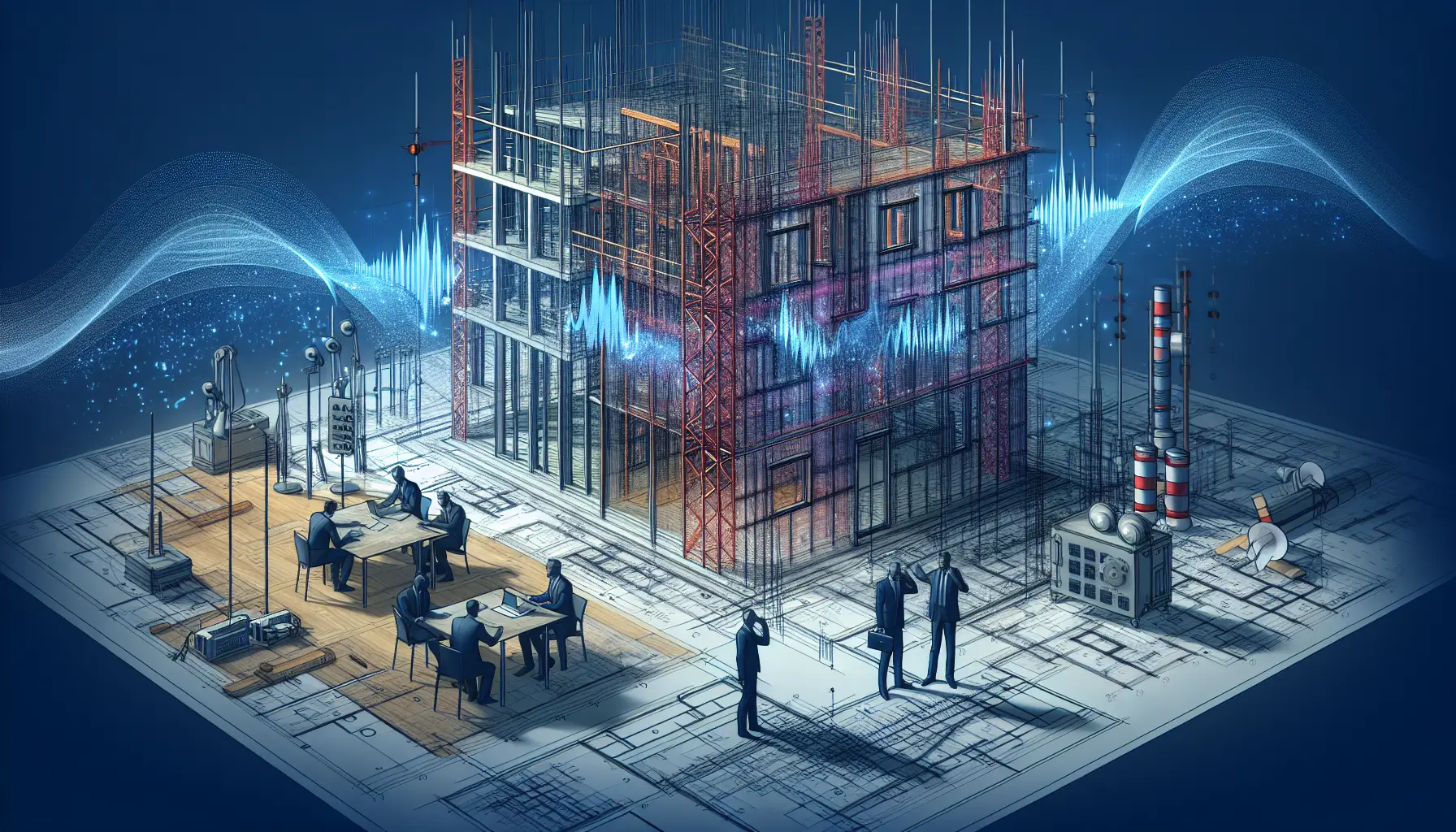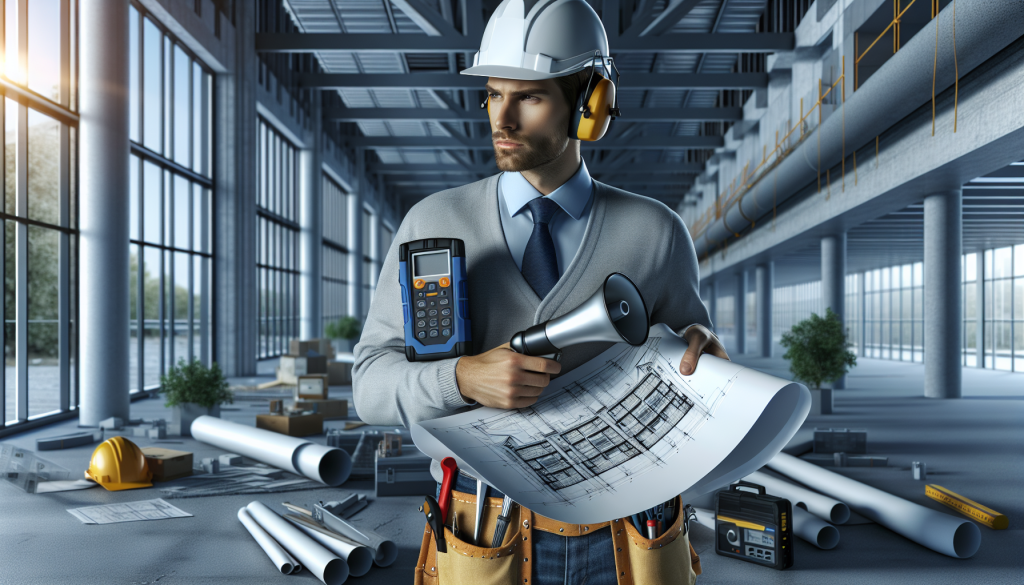Understanding Sound Transmission in Modern Methods of Construction
In the ever-evolving world of construction, sound transmission has become a crucial aspect to consider. As trends shift towards denser urban living, the need for effective soundproofing in buildings is more important than ever. Ratio Seven, a leader in modern construction techniques, strives to address these sound transmission challenges efficiently.
What is Sound Transmission?
Sound transmission refers to the passage of sound through materials and structures. In the context of buildings, it is crucial to manage this transmission to ensure occupant comfort and privacy. There are two primary forms of sound transmission:
- Airborne Sound: Caused by noises such as talking, music, or traffic, which travel through the air and can be heard through walls, floors, and ceilings.
- Structure-borne Sound: Resulting from vibrations that travel through the building’s structure, caused by activities like footsteps, moving furniture, or mechanical systems.
Challenges in Modern Construction Sound Transmission
Modern construction methods often include lightweight materials and open floor plans, which can inadvertently increase sound transmission. Here are some key challenges faced:
- Material Selection: Lightweight materials, though beneficial for construction speed and cost, may fail to block or absorb sounds effectively.
- Design Complexity: Open and flexible designs enhance visual appeal but can also allow sound to propagate more freely across spaces.
- Sustainability Focus: Eco-friendly materials sometimes lack the mass or damping properties needed for solid soundproofing.
Innovative Solutions with Ratio Seven
Ratio Seven offers cutting-edge solutions to tackle modern construction sound transmission issues. By integrating advanced materials and design techniques, Ratio Seven ensures optimal acoustic performance.
Advanced Insulation Materials
One of the key methods for reducing sound transmission is through the use of advanced insulation materials. Ratio Seven employs high-density materials that are specifically designed to attenuate both airborne and structure-borne sounds.
Acoustic Barriers and Panels
Acoustic barriers and panels are essential components in managing sound transmission. These products are strategically positioned within walls, ceilings, and floors to interrupt and absorb sound waves, effectively reducing noise levels.
Glazing Solutions
Windows and doors can be significant weak points in a building’s soundproofing design. Ratio Seven applies specialised glazing solutions, including double and triple-glazed windows with acoustic interlayers, to mitigate this problem.

Implementing Soundproofing Techniques
Successful soundproofing requires a multi-faceted approach. Ratio Seven employs several techniques to minimise sound transmission in modern construction:
Floating Floors
A floating floor is a method where the flooring material is separated from the subfloor, usually using a resilient layer. This technique prevents structural vibrations from passing through the floor, reducing structure-borne sound transmission.
Staggered Stud Walls
Staggered stud walls feature studs that are offset and do not touch both sides of the wall simultaneously. This design reduces the direct path for sound to travel, enhancing sound isolation between rooms.
Decoupling Techniques
Decoupling involves separating two sides of a wall or floor to break the path of sound transmission. Techniques such as using resilient channels and sound isolation clips are effective methods used by Ratio Seven for this purpose.
Sound Transmission Summary
In today’s construction landscape, addressing sound transmission with advanced methods is essential for creating comfortable and peaceful living environments. Ratio Seven’s expertise in modern construction sound transmission solutions ensures that buildings meet high acoustic performance standards, benefiting both builders and occupants alike.
FAQs
Why is sound transmission an issue in modern construction?
Sound transmission is a significant concern in modern construction because of the prevalent use of lightweight materials, open floor plans, and a greater focus on sustainability. These factors can inadvertently increase the levels of noise that pass through walls, ceilings, and floors, affecting occupant comfort and privacy.
What makes Ratio Seven’s solutions effective in reducing sound transmission?
Ratio Seven employs a range of advanced materials and innovative design techniques to tackle sound transmission. From high-density insulation and acoustic barriers to specialised glazing solutions and decoupling methods, Ratio Seven tailors each approach to meet specific project requirements and ensure optimal sound reduction.
How can builders balance sustainability and soundproofing in modern construction?
Balancing sustainability and soundproofing often involves selecting materials that offer both environmental benefits and sound insulation properties. Ratio Seven focuses on innovative products that achieve this balance, ensuring that buildings are not only eco-friendly but also provide excellent acoustic performance.
Can existing buildings benefit from Ratio Seven’s soundproofing techniques?
Yes, Ratio Seven’s soundproofing techniques can be applied to both new constructions and retrofitting existing buildings. By assessing the specific acoustic challenges of a building, Ratio Seven can recommend and implement effective solutions to significantly reduce sound transmission, regardless of the structure’s age or design.
What are the benefits of soundproofing in residential buildings?
Soundproofing in residential buildings enhances living conditions by reducing unwanted noise from adjacent rooms, neighbours, and external sources. This results in a more peaceful and comfortable environment, better sleep quality, and increased privacy, which in turn can positively impact residents’ overall well-being.
Are there cost-effective soundproofing options available?
While some soundproofing solutions can be costly, there are also cost-effective options available that still provide considerable sound reduction. Ratio Seven offers a range of products and techniques to suit various budgets, ensuring that effective soundproofing can be achieved without excessive expense.
For more information on how to address sound transmission in your construction projects, contact Ratio Seven today. Our experts are ready to help you design and implement soundproofing strategies that meet your needs.




